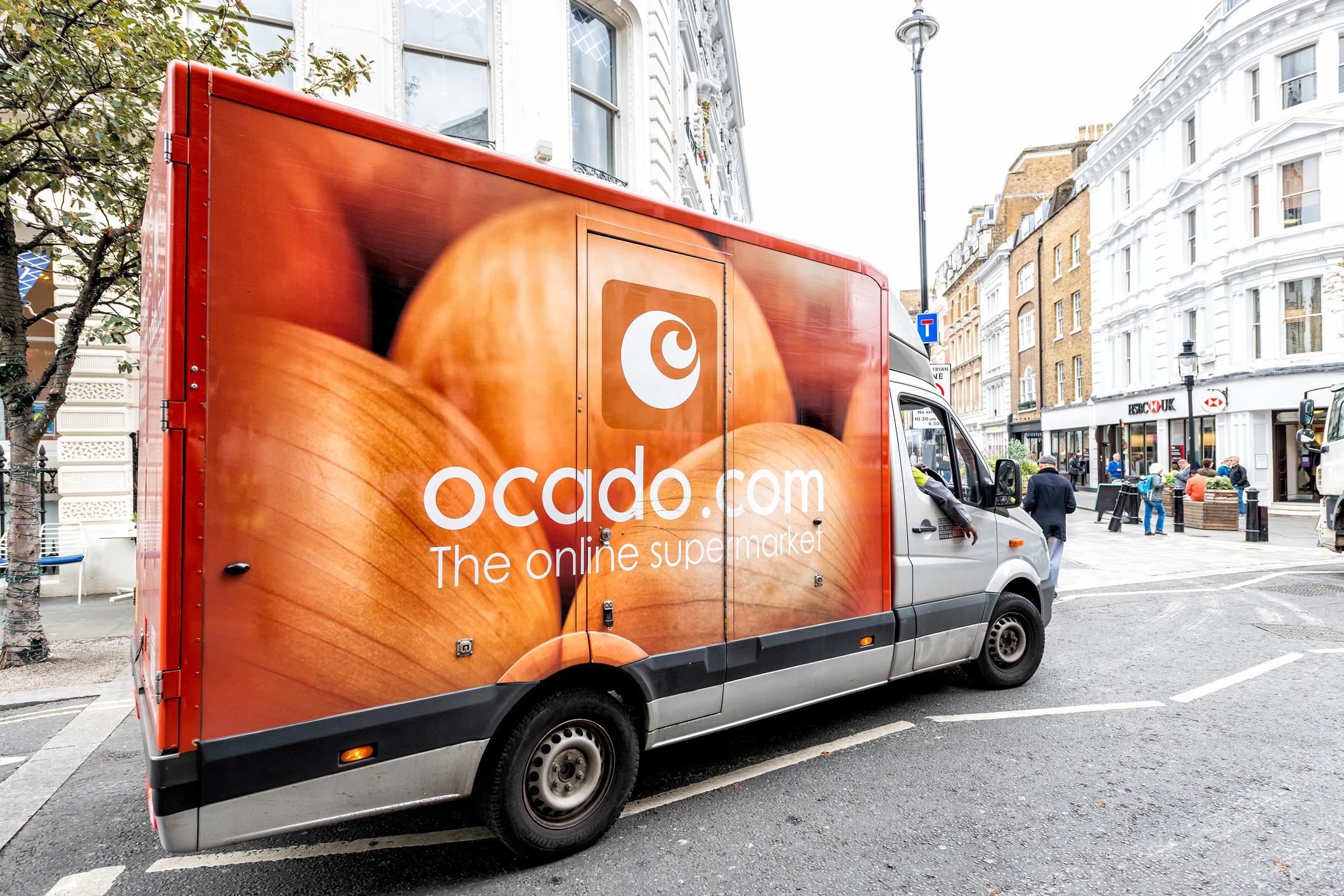Ocado shrugs off its difficulties to become grocery sector’s gazelle
The company’s 50% sales surge wowed the City. It was powered by the pandemic but the changes to shopping habits will be permanent – to the benefit of the business and its partner M&S, James Moore says


Ocado – or Ocado Retail as it is now – had a few teething problems when it switched suppliers from Waitrose to M&S, just as it had some teething problems when it came to coping with the massive surge in demand driven by lockdown.
Fortunately for the company, its customers seem to be a forgiving lot. Despite the cancelled orders, and substitutions, sales over the 13 weeks to August 30 grew by a stunning 52 per cent when compared with the same period last year, a number which exceeded even the City’s wildest expectations.
Ocado was by a distance Britain’s fastest growing grocer per the latest market share data issued by Kantar; truly the sector’s gazelle, albeit one inclined to occasionally trip over its own feet.
The role of the pandemic in that shouldn’t be underestimated.
It has catalysed a step change not just in the grocery market, which has become bigger with a much more substantial online component, but in the way we live.
Some of those changes will be permanent and they will work in Ocado’s favour.
Per Kantar, more than half a billion pounds worth of sales were added by online grocery stores between the four weeks ending February 23 and the four weeks ending August 9.
In terms of market share, the online channel grew by about 0.3 percentage points between 2018 and 2019. Between February and the start of August, however, it leapt from 7.9 per cent of the market to a high of 13.5 per cent.
It has since fallen back a bit, which was only to be expected given the economy’s partial reopening, the end of shielding, the return to school and some workplaces.
Ocado says its basket size – still very high by historic standards at £141 – has also eased back from its pandemic peaks when it was sometimes running at 10 or 20 per cent higher than that.
But the future is one in which fewer people are office based and do more online. This will hurt those that used to provide their lunches, but benefit businesses like Ocado.
The grocery sector will still have losers. They will likely continue to be the large format out-of-town supermarkets, which have been going out of fashion for some time.
But it’s notable that while Aldi, which operates mostly medium sized stores, has enjoyed higher sales, its market share has been slipping. Rival Lidl’s has been flat. The disruptive pair aren’t as disruptive as they once were.
The convenience store format, the whole hearted adoption of which has delivered such a shot in the arm to Co-op, on the other hand, is poised to benefit from people topping up their online shops.
Ocado is trying to grab some of that market too, courtesy of its quick turnaround “Zoom” service.
This, with its £2.50 delivery charge and much smaller basket sizes, would seem tailor made for the cash rich time poor people living in the metropolitan areas in which it has been launched.
But Duncan Tatton-Brown, the finance director of Ocado Group, believes it looks more compelling if one compares Ocado’s prices plus delivery to the premium price points typically found in many convenience stores. He also sees it as a potential competitor to Deliveroo through offering M&S ready meals at a favourable cost and with comparable speed to the latter.
There’s been scant need to market this as things stand. It’s running at full tilt. But there would appear to be plenty to work with when its footprint has been expanded.
Obviously, Ocado is now a two-headed beast. M&S is not only its supplier, it’s the 50 per cent owner of Ocado Retail.
Boss Steve Rowe was criticised in some quarters for the £750m he spent on buying in, which turned his company form a dividend producer to a would be growth stock.
I wrote that those critics were wrong at the time. Now they’ve been silenced.
Rowe couldn’t have predicted an event like the pandemic, but he correctly judged the potential Ocado had. The pandemic has just delivered on it a lot more quickly than anyone expected.
It’s worth remembering that even with its impact, Ocado still accounts for just 1.7 per cent of the market. While it could stand to give some of its battered customers a little love along the way, the business appears poised to continue growing as fast as it can add capacity.


Join our commenting forum
Join thought-provoking conversations, follow other Independent readers and see their replies
Comments